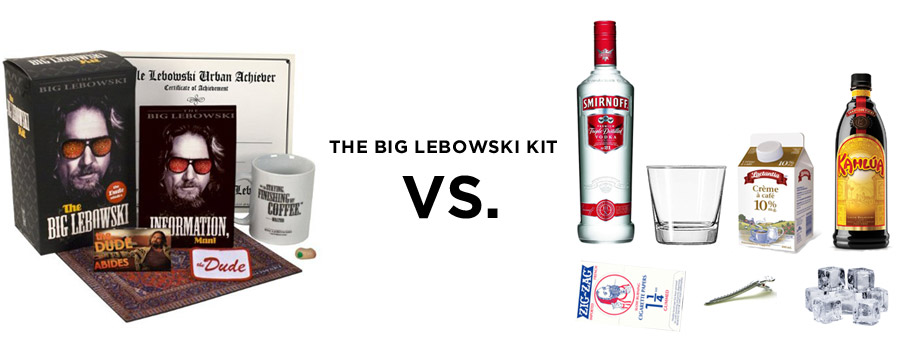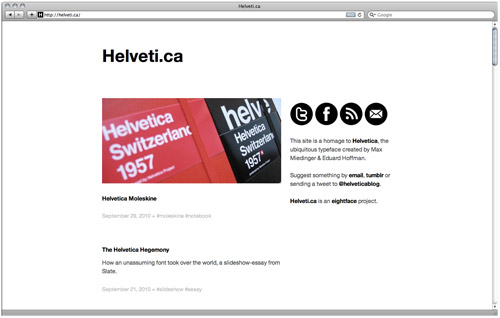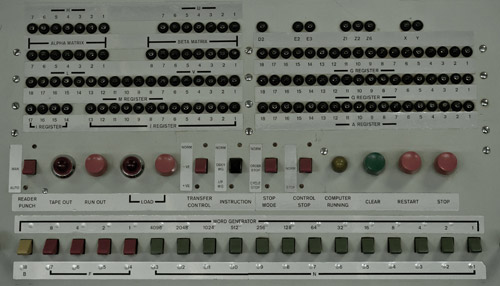
Heathrow was a mess last week. I got stuck in it. I got lucky.
I was teaching mathematics in Hertford, covering someone on sick leave. Was due to finish at the end of December. I returned to Canada for a couple weeks in August, and chose the 20th of December as a return date for the flight back. I finished work on the 17th, figured I’d have a day or two to pack, and then a cheap Monday flight back to Canada. That was my logic when I booked the ticket in July.
The end of term approaches. During the last week of school, I decide to book a hotel near the airport for the day before the flight. I was thinking it might make things a little bit easier. I used Priceline for the first time, and ended up with a really good deal on a room at the Heathrow Hilton, attached to Terminal 4.
Come Saturday, we had the most snow that we had all year in Hertford. I probably wouldn’t have ventured out, but I had bankers to piss off. They don’t like it when you sit there sorting loose change while they want to close early. I don’t like it when I visit the branch on Monday to discuss transferring funds back to Canada, have them tell me to come back on the weekend and when I do, to tell me it takes 3-5 to create a bank draft. I’ll go with electronic transfer when the pound rebounds.
I hit up twitter with a slightly ominous post:
Ugh, lots of snow in the UK. Flight to Canada on Monday, hopefully there won’t be any issues. Don’t have my hopes up though.
Haha. Everything seemed so simple then.
I managed to compress everything into two suitcases and make it to the hotel the next day. I enjoyed my large bed, the gym and the pool. I ate incredibly over-priced hotel restaurant food. I checked the internet, and found my flight had been pushed back about four hours. I slept.
With unexpected time in the morning, I hit up the gym again. I figured that it might help me get some sleep on the plane. I returned to my room to shower. There was no hot water and little point in complaining, man up. Afterwards, I opted for the incredibly over-priced hotel breakfast rather than “finding something” when I got to Heathrow. It was a wise decision.
I had trouble getting from T4 to T3, the Heathrow Express had trains stuck in the tunnel. I bit the bullet, topped off my Oyster and took the Underground across the airport. I arrived just in time to spend an hour attempting to get into the terminal. It was ridiculous, no one had any idea what was going on. Eventually, I got in. The photo above was pretty much what it looked like in the check-in area. Normally I don’t talk to people at the airport, but a few hours hours of mutual agony will turn anyone into a stalwart friend. After a few hours of watching other flights get cancelled, we rejoiced with the news that we could check our bags.
The flight got pushed back multiple times, eventually to the next day, although it wasn’t posted on the big boards at the airport. Yea internet!
Shared misery meant meeting lots of people in the same situation. Amongst others, I talked to professors, a software engineer, an Australian secret service agent, a med-student and a shiatsu masseuse. Almost everything in the airport closed in the evening. The duty-free shop stayed open late, and offered free drinks while they were closing. It was the leftovers from their sample process. The bar was limited to various whiskeys, Bailey’s and an assortment of soft drinks. I took some Glenmorangie and didn’t complain.
I stayed in the departure lounge the entire night. Some people got kicked out early. I imagine the guards thought we were supposed to be out on a late rescheduled flight. They wanted to kick us out in the wee hours but realized it wasn’t worth the hassle of sending us through security again.
In the morning, the internet told us what gate our flight was supposed to leave from. Air Canada operated in true ninja fashion, they told no one of their flight status. I think it was so they could get customers onto later planes, rather than having randoms pestering them about any flight to North America. With all of the flight crew ready to go, we had to wait an extra hour for BAA security to show up and look at our passports. The bouncers moaned about cranky overtired passengers making fun of their pleas for us to move along so the plane wouldn’t be delayed any longer.
We finally made it airborne about twenty hours after scheduled departure. The toilets stopped working halfway across the Atlantic, so we had to divert to Newfoundland to have them fixed.
All-in-all, I made it back roughly on time, a lot of people weren’t so lucky. That said, the entire experience was a giant cluster-fuck of disorganization. No one had any clue what was going on. At the time, I said:
The communications infrastructure at Heathrow reminds of of playing broken telephone when I was a kid.
Purple monkey dishwasher. I’ll stand by that.
In the end, I was just happy that I didn’t receive one of these letters. Valued customer indeed. It would have taken me at least an extra week to leave the country.
All of the flights on the 18th and 19th were cancelled, and my equivalent flight on the 21st was cancelled too. I got lucky.
In hindsight, I should have taken more photos. It didn’t seem like a priority at the time. At various points I took to using twitter, it’s probably my most epic stream of tweets, but it isn’t terribly interesting. Nonetheless, I did want to archive the tweets, just in case a masochistic future-me wants to relive the past.











